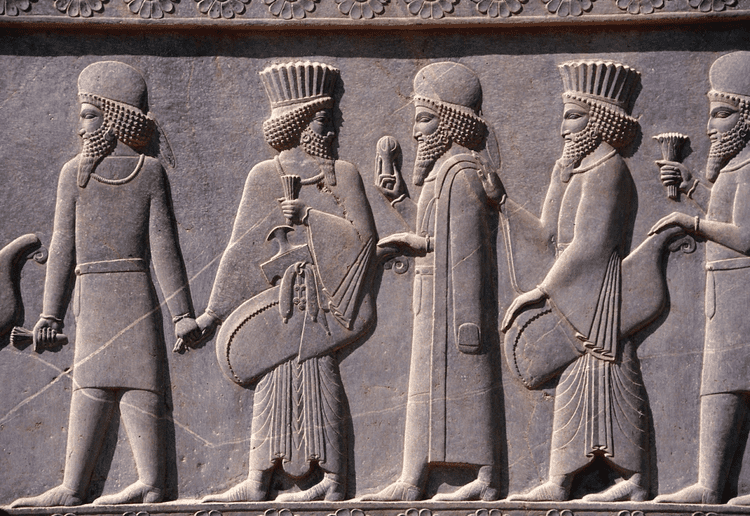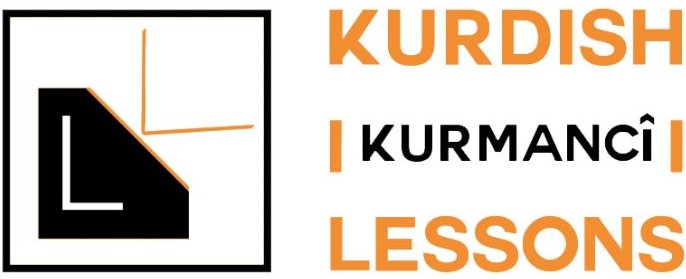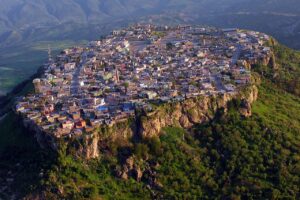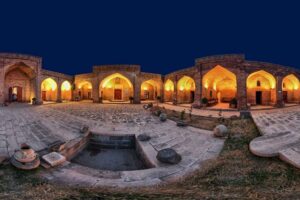
Origins of Kurdish People and Language
Revealing the Origins of Kurdish People and Language: An In-Depth Exploration
Introduction
The quest to uncover the origins of the Kurdish people and their unique language has long intrigued scholars and enthusiasts alike. In a historical paper presented at the 20th International Congress of Orientalists in Brussels in 1938, Professor V. Minorsky embarked on a comprehensive journey to review all available historical evidence and linguistic clues related to the Kurdish heritage. This article delves into the intricate tapestry of Kurdish history, addressing questions about the far-fetched theories surrounding their ancestry, exploring references to the Kurds in classical literature, and shedding light on the evolution of the term ‘Kurd’ over time, especially during the Arab conquest. Moreover, it takes a modern perspective on the Kurdish identity, nationalism, and the adoption of the Median era as part of their historical narrative. Finally, we explore the linguistic evidence and the distinctions that set the Kurdish language apart within the Iranian dialects. Join us on this enlightening journey into the enigmatic origins of the Kurdish people and their rich cultural heritage.
Exploring the Historical Origins of the Kurdish People
In a 1938 paper delivered at the 20th International Congress of Orientalists in Brussels, Professor V. Minorsky conducted a comprehensive analysis of historical records and linguistic data pertaining to the Kurdish people’s origins. This topic holds particular relevance to our current research, as a clearer understanding of the Kurdish people’s origins could greatly facilitate the tracking of their language’s history.
Challenging Unsubstantiated Ideas About the Origins of the Kurdish People
Let’s start by addressing some of the less plausible theories in this context. Despite Professor Minorsky’s research, some of these theories continue to persist. Basile Nikitine, in his comprehensive study on the Kurds, mentioned several of these theories. Xenophon’s accounts have traditionally been a favored reference for those attempting to trace the origins of the Kurds. However, attempts have been made to connect them with the Xalde of Urartu, the Sagarti, Zikirtu, and even the Guti peoples, often based on a vague resemblance to the current name of the Kurdish people. Fortunately, the theory linking the Kurds to the Xaldi has been debunked, as Xaldi is known to be the name of a deity, not a nation.
Kurdish References in Classical Literature: What Do They Reveal?
The only notable mentions of the Kurds in classical writings before our era appear to come from Polybius, Livy, and Strabo, who referred to them as the Kúptioi or Cyrtii. Polybius and Livy specifically mentioned them as slinger units within the armies of Media and Asia Minor. Meanwhile, Strabo provided a more detailed account, describing the Kurds as rugged mountain dwellers residing in Media, Armenia, and Persis.
How did the term “Kurd” change in meaning and usage, particularly during the Arab conquest?
Fast-forwarding to the time of the Arab conquest, we witness a shift in the meaning of the term “Kurd.” It now conveys a new sense, almost equating to “nomad” and sometimes carrying a negative connotation. For instance, Professor Minorsky cites Ibn Rusta, a geographer from the ninth century, who likened the Lombards to the Kurds, describing them as “inhabiting deserts in tents,” implying a nomadic lifestyle akin to the Kurds.
Modern Kurdish Identity: Medes, Nationalism, and the Median Era
In today’s context, driven by the rise of Kurdish nationalism, the term “Kurd” has expanded to encompass nearly all the diverse communities and tribal groups residing between the Turks and Arabs in the west and the Persians in the east. This broadened perspective includes not only Kurdish people but also extends to Iranian groups such as the Lurs and various Goran tribes. Modern Kurds have adopted a straightforward approach to their historical narrative. In their quest for heroic ancestors, they have readily embraced the idea of the imperial Medes filling this role. In fact, it has become quite fashionable among them to reference a “Median era,” calculated by adding 612 years to our current date, marking the conquest of Nineveh by the Medes.
What is the linguistic evidence regarding the Kurdish language, and how does it differentiate it from other Iranian dialects?
Amidst this mix of limited historical accuracy and a wealth of fiction, the significance of linguistic evidence becomes increasingly apparent. However, in this realm, there is no clear consensus. Notably, Professor N. J. Marr once entertained the idea that the modern Kurdish vocabulary might contain remnants of a “primitive Kurdish” with connections to the K’art or Georgian group within the Japhetic branch of languages. It’s important to note that this theory remains unverified, awaiting concrete evidence for validation.
In the interim, we are free to consider Kurdish as a typical Iranian language. To begin, my initial task is to characterize Kurdish (Kd.) by identifying the distinguishing features that set it apart from other Iranian dialects. Regrettably, I must acknowledge from the outset that my observations are predominantly negative, as nearly every characteristic of Kd. finds a counterpart in at least one other Iranian dialect.
Conclusion
In summary, our journey into the origins of the Kurdish people and their language has uncovered rich history and cultural complexity. From debunking theories to exploring their evolving identity, the Kurdish story is a testament to resilience. The linguistic nuances add depth to this narrative. The Kurdish tale is ongoing, promising more insights into this unique culture.
The main source of this article: D. N. MacKenzie, The Origins of Kurdish, Transactions of the Philological Society, pp. 68-86, 1961



